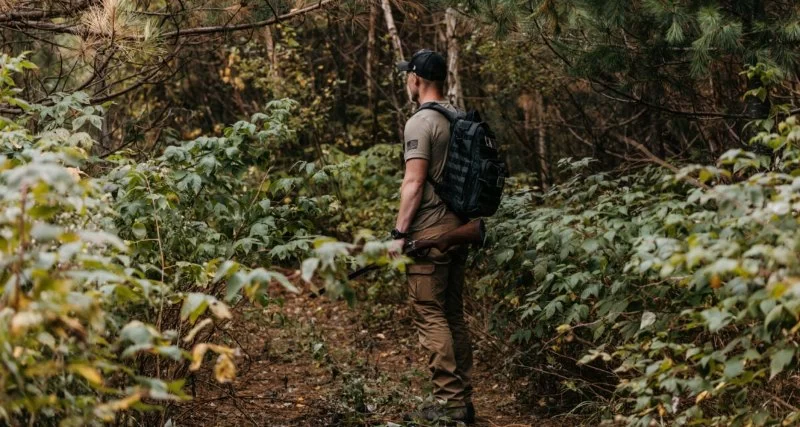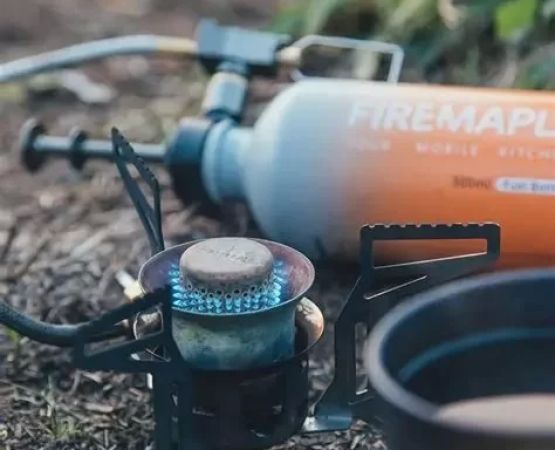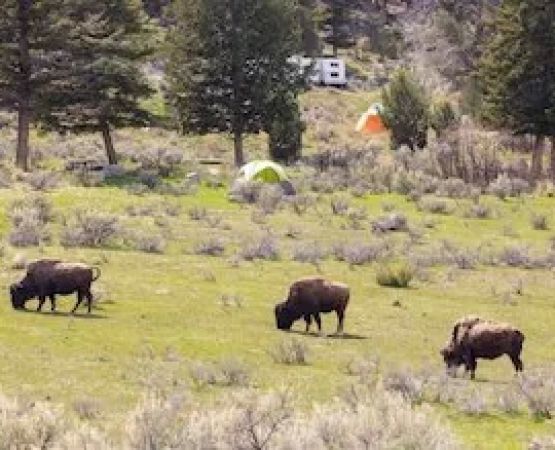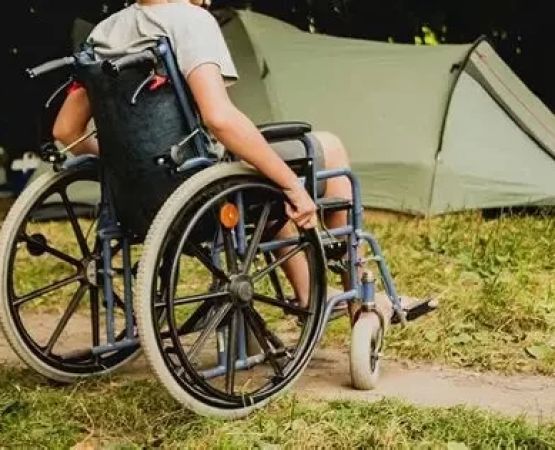- 1. Understanding Wildlife Illness and Injuries
- 2. Common Wildlife Illnesses and Injuries in the Outdoors
- 3. How to Respond to Wildlife Injuries and Illnesses
- 4. Important Safety Tips for Handling Wildlife Emergencies
- 5. Real-Life Wildlife Injury Stories
- 6. Pine Cliff Resort Recommendations
1. Understanding Wildlife Illness and Injuries
Dealing with wildlife illness and injuries in the outdoors can be a challenging and delicate task, especially when you're far from medical facilities. Wildlife can become sick or injured due to natural causes, accidents, or interactions with humans. When you encounter a wild animal in distress, it’s important to know how to handle the situation appropriately, both for the safety of the animal and for your own well-being.
In some cases, injured or sick animals may appear aggressive or behave unusually, which is a survival instinct. Understanding these behaviors and knowing how to react safely can help you handle wildlife situations effectively. Whether you’re an outdoor enthusiast, hiker, or camper, knowing what to do when you encounter wildlife in distress is essential.
2. Common Wildlife Illnesses and Injuries in the Outdoors
Wildlife illnesses and injuries vary depending on the species and the environment they inhabit. Below are some common issues that wild animals may face in their natural habitats:
1. Trauma from Collisions or Predators
Wildlife can sustain injuries from collisions with vehicles, predators, or natural obstacles like rocks or trees. Fractures, sprains, and wounds are common outcomes of such injuries. For example, deer and other large mammals may be struck by vehicles, leading to broken bones or internal injuries. Animals like birds of prey may suffer from broken wings due to hunting accidents.
2. Parasites and Infections
Many wildlife species are vulnerable to parasitic infections. These can include ticks, fleas, and lice, which can cause skin irritation, anemia, and sometimes transmit diseases like Lyme disease. Infections from puncture wounds, bites, or injuries can also be a common issue for wild animals, especially if left untreated in the wild.
3. Exposure to Harsh Weather
Weather-related injuries and illnesses are common in outdoor environments. Extreme cold, for example, can lead to frostbite or hypothermia in animals. Similarly, heatstroke and dehydration can affect wildlife exposed to hot and dry conditions. Such illnesses require quick attention to prevent permanent damage or death.
4. Poisoning
Accidental poisoning is another risk for wildlife. Poisonous plants, chemicals, and human-made toxins can be harmful to animals that ingest or come into contact with them. For example, certain berries or mushrooms are toxic to wildlife, and ingestion can lead to serious illness or death. Insecticides or rodenticides left in the wild can also affect wildlife.
3. How to Respond to Wildlife Injuries and Illnesses
When you encounter a wildlife injury or illness, it’s crucial to respond appropriately to avoid further harm to the animal and yourself. Here are some essential steps to follow:
1. Assess the Situation
Before approaching a wildlife animal, assess the situation from a safe distance. Observe the animal’s behavior and physical condition. If the animal is in immediate danger from predators or traffic, your first step may be to help remove it from the threat. If the animal appears calm but injured, try to maintain a safe distance and determine whether it requires immediate help.
2. Do Not Approach the Animal Immediately
Many wildlife species, even when injured or sick, may react aggressively or become frightened. Avoid getting too close, as this could provoke the animal to attack. Use caution and consider using tools such as a blanket, towel, or large piece of cloth to gently cover the animal if you must approach. Only attempt to handle an animal if you are trained to do so safely.
3. Contact a Wildlife Rescue Professional
If the animal’s injuries appear severe or you are unsure how to handle the situation, it’s best to contact a wildlife rescue center or animal control officer. These professionals have the experience and equipment necessary to safely handle injured or ill wildlife. Provide them with as much information as possible, such as the animal's species, condition, and location.
4. Provide Basic First Aid (If Trained)
If you are trained in basic wildlife first aid, you may be able to offer temporary assistance to stabilize the animal until help arrives. This can include gently immobilizing a limb to prevent further injury or providing fluids for dehydration. However, do not attempt to administer medication or perform complicated procedures unless instructed by a professional.
4. Important Safety Tips for Handling Wildlife Emergencies
Handling wildlife emergencies requires both knowledge and caution. Here are some important safety tips to follow:
1. Wear Protective Gear
If you need to handle a sick or injured animal, always wear gloves and other protective gear to avoid direct contact with the animal's saliva, blood, or potential parasites. This will reduce the risk of injury or disease transmission.
2. Avoid Contact with Wild Animals
Even if an animal appears injured or sick, avoid prolonged contact. Wildlife can carry diseases such as rabies, leptospirosis, or parasites that can be transmitted to humans. Always err on the side of caution and limit your interaction with wildlife to what is necessary for safety.
3. Stay Calm and Keep Your Distance
Remaining calm and keeping a safe distance will ensure you and the animal are both safe. Your ability to handle the situation effectively will depend on staying level-headed and making informed decisions, especially when help is on the way.
5. Real-Life Wildlife Injury Stories
Real-life experiences can offer valuable insights into how to handle wildlife injuries in the outdoors. Here are a couple of stories that highlight the importance of quick thinking and appropriate actions:
1. The Rescued Fawn
A hiker in a national park stumbled upon a young fawn that had been injured by a predator. After assessing the situation from a safe distance, the hiker called the park's wildlife rescue team. The team arrived and provided the necessary care to treat the fawn’s injuries. It was later released back into the wild after a full recovery. This story highlights the importance of involving professionals when dealing with wildlife injuries.
2. The Fox with Poisoning Symptoms
A camper noticed a fox exhibiting unusual behavior and signs of poisoning, likely from ingesting toxic berries. The camper immediately contacted a local wildlife rescue center, where the fox was transported for treatment. The fox recovered after a few days of care and was successfully released back into its habitat. This case demonstrates the importance of identifying potential poisoning symptoms early and taking action quickly.
6. Pine Cliff Resort Recommendations
At Pine Cliff Resort, we understand the value of connecting with nature and encountering wildlife during your outdoor adventures. To ensure you’re prepared for any wildlife-related situation, we offer survival courses and wildlife safety tips to help you handle such emergencies effectively.
Our resort provides everything you need for your next outdoor experience, from guided hikes to educational programs on wilderness safety. Visit us at Pine Cliff Resort to learn more about handling wildlife encounters safely and responsibly.







